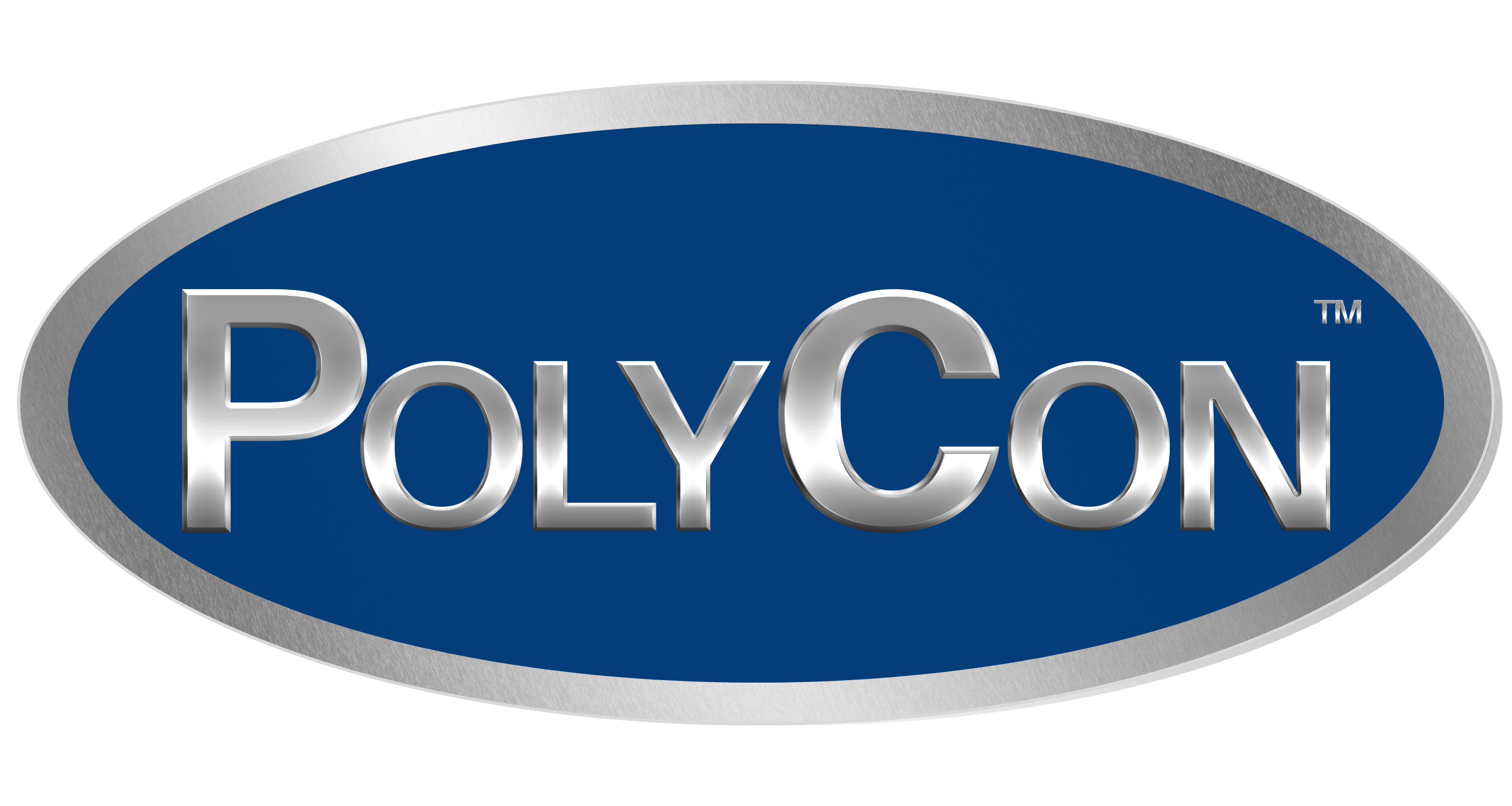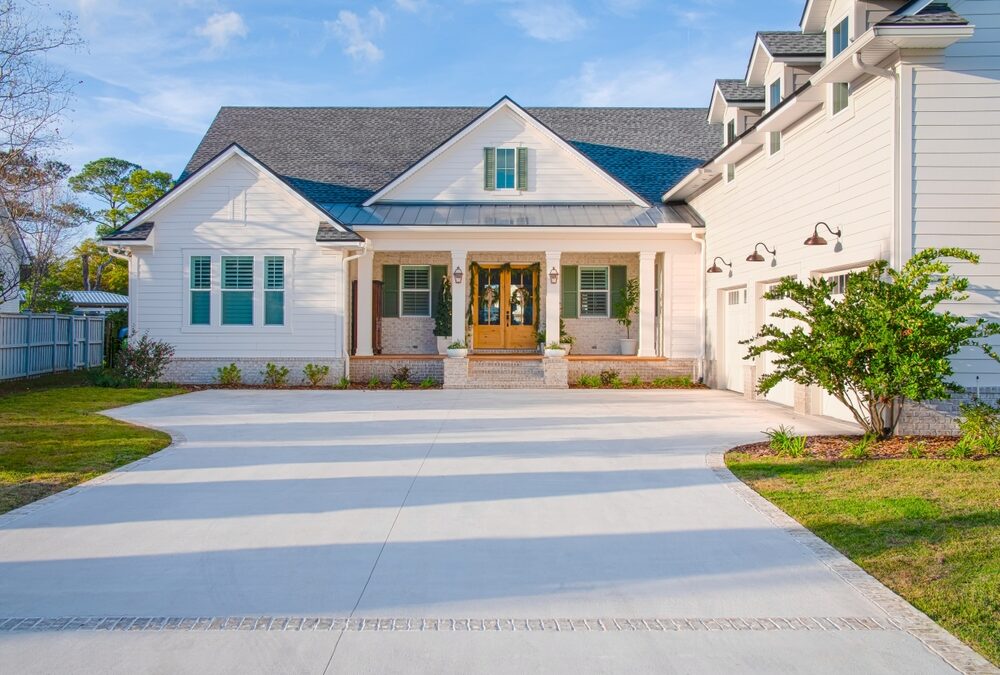When looking to cut down on energy expenses, one might think about new appliances, shutting off the lights, or making thermostat adjustments. But perhaps the most underappreciated and yet vital component of energy efficiency is your home’s insulation. Inadequate insulation will not only cost you thousands of dollars a year — in energy costs, in fact, but also property value, HVAC repairs, and even potentially damage your health.
How much do you stand to inadvertently lose because of bad insulation? You might be surprised — or even appalled — at some of the insidious costs.
In this blog post from PolyCon, we’ll break down the real costs of poor insulation, how it affects your home or business, and how you can reduce these losses.
What Is Building Insulation and How Does It Work?
Before examining the hidden costs associated with poor insulation, let’s take a moment to understand what insulation does in your home or business.
Insulation acts as a physical barrier to the flow of heat between your house’s interior and exterior. Insulation keeps the heat inside from being lost during the winter, and keeps excess heat outdoors in the summer — maintaining a stable indoor temperature with less load on heating and cooling systems.
The most common insulation materials include:
- Fiberglass: Affordable and prevalent in walls, attics, and crawl spaces.
- Cellulose: Recycled paper products with great thermal resistance.
- Spray foam: Great air sealing and insulation in one pass.
- Rigid foam boards: Perfect for exterior walls and basements due to their high insulating value.
Regardless of the material, good insulation is the key to your building’s energy efficiency. Without it, the hidden costs start adding up quickly.
The Hidden Costs of Poor Insulation
- Skyrocketing Energy Bills
The most straightforward and direct impact of poor insulation is higher energy bills. According to the U.S. Department of Energy, heating and cooling alone account for 50-70% of the average American home’s energy consumption.
Without proper insulation in your house, it is harder to maintain a consistent and comfortable indoor temperature. Your heating and air system must run longer and harder, consuming more energy — and therefore, more expensive bills every month.
Example:
If your monthly electricity bill is $200, your home’s poor insulation may be responsible for $60 to $100 of it.
That’s $720 to $1,200 wasted in a year.
And the worst part? Those costs are unlikely to decrease until the insulation issue is resolved.
- Falling Property Value
Think that poor insulation only affects your electricity bills? Think again.
The price of homes on the market with poor insulation is often lower than houses with proper insulation. Potential buyers are more energy-conscious today and are looking for energy-efficient homes. Your home with drafty areas, cold spots, or through-the-roof utility bills suddenly becomes much less attractive to a potential buyer.
The following might be the result:
- Lower value at appraisal due to lack of energy efficiency
- Fewer bids or longer periods on the market
- Higher cost of repair should the buyer want to negotiate replacing insulation
A poorly insulated home can cost thousands of dollars in lost property value or necessary insulation improvements when it’s time to sell.
- Shortened Lifespan of Your HVAC System
Your heating and cooling system (HVAC) is designed to maintain a comfortable indoor temperature. However, with poor insulation, your HVAC has to work much harder to compensate for the heat loss (in winter) or heat gain (in summer).
This leads to:
- More wear and tear on the your HVAC system
- Aging faster, more frequent breakdowns
- Decreased lifespan of the entire system
Cost Analysis:
Average maintenance for HVAC: $150 – $500 each time
HVAC system replacement: $5,000 – $12,000
Extra cost of energy per month as the system will be operating beyond what is needed.
By addressing your insulation issues, you can ensure your HVAC will run longer and save enormous money in maintenance costs.
- Additional Health Concerns and Doctor’s Bills
Poor insulation doesn’t just hurt your wallet — it can also seriously impact your health.
Homes with poor insulation often experience cold drafts, inconsistent indoor temperatures, and moisture build-up. These conditions create a breeding ground for mold, mildew, and allergens — all of which can cause:
- Respiratory issues like asthma, coughing, and congestion
- Allergies due to mold spores and airborne particles
- Cold and flu symptoms caused by temperature fluctuations
The payback? Higher medical expenses, lost workdays, and a lower overall health.
Other Hidden Health-related Costs Include:
- Increased health care and medication cost
- Lost income from lost workdays
- Lower overall quality of life
Investing in the right insulation can benefit your health as well as your energy efficiency.
- Reduced Comfort and Productivity
Comfort has a massive impact on your home’s comfort and the overall productivity of the workplace. Poor insulation typically results in:
- Hot and cold areas throughout the house or building
- Unstable temperatures from floor to floor
- Cold windows and walls
At home, this simply reduces your comfort and forces you to constantly adjust the thermostat. In a business, it can really affect employee productivity.
The Cost of Lost Productivity:
Discomfort can lead to poor work performance.
Employees will take more breaks or perform less efficiently.
Poor insulation can have a negative impact on customer experiences (for retail businesses).
How Much Are You Losing Right Now?
Let’s take a moment to see the potential money lost through inefficient insulation:
Hidden Cost Estimated Loss Per Year
- Higher Energy Bills $720 – $1,200
- Property Devaluation $5,000 – $15,000+
- HVAC Repairs/Replacement $500 – $12,000 (over time)
- Overhead Increase of Medical Costs Varies (but avoidable)
- Productivity Losses Potential thousands of lost output
The more time you spend waiting to fix your insulation issues, the more these hidden costs add up — and the more money you lose every year.
The Solution: Insulate Smarter with PolyCon.
The great news? Fixing or replacing subpar insulation is one of the most inexpensive upgrades you can install for your business or dwelling. When you retrofit, you can:
- Reduce energy expenses by up to 30-50%
- Appreciably enhance property value
- Extend HVAC system longevity
- Improve indoor air quality and wellness
- Increase overall comfort and productivity
If you’re ready to put an end to these hidden costs, consider having a professional energy audit done or upgrading your home’s insulation with PolyCon. Upgrading your home’s insulation will pay for itself — and then some.


